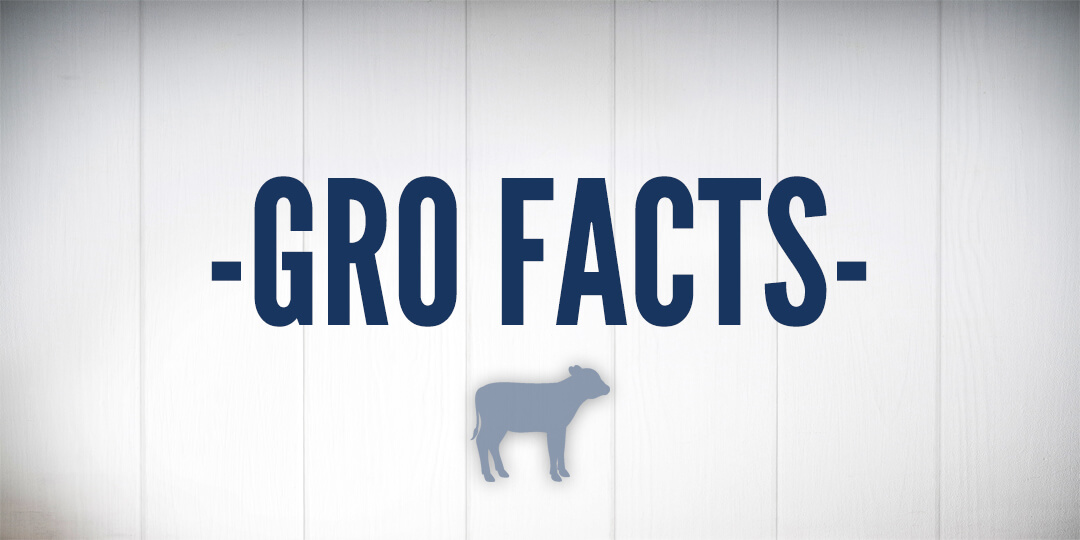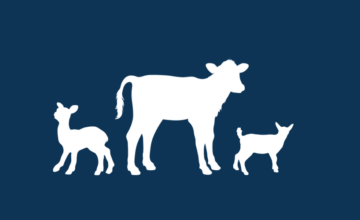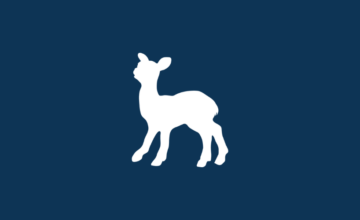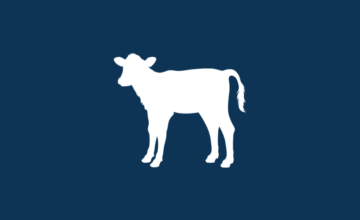Grain-Fed Veal Program Research
- Mar 31, 2009
- By Grober Nutrition
- In Canada
Ontario and Quebec dairy herds produce approximately 400,000 male calves annually. These calves are destined for several hundred veal producers.The goal of grain fed veal producers is to achieve the desired finish at the desired weight and age. The market-ready calf is typically 250-295kg at an age of 25-30 weeks. Finished average daily gains should be 1.13kg or better and feed conversion should be 3.5-4.0 kg per kg of live-weight gain. The Holstein calf has an ability to grow rapidly and genetics, management, environment and nutrition dictate this growth. NRC 2001 – major change is to provide the foundation to think of calves as we have of older animals, in that nutrient requirements are not static but depend on desired rate of gain, body size and environment. The new NRC considers the approach that calf nutrition is dynamic, just as for older cattle. In other words, the product-orientated ‘one size fits all’ mentality of calf raising, (i.e. a single milk replacer formulation or feeding regime is assumed adequate for all calves) gives way to calculating requirements for growth and health and then designing diets to meet those requirements. Conventional calf feeding offers milk replacer, of 20% protein and 20% fat, at approximately 400-450g/d. Using the NRC 2001, this does not provide sufficient energy to meet high growth requirements of grain-fed veal calves. While energy intake is the main driver of bodyweight gain, protein intake can influence both BWG and its composition. e.g.
| NRC ration calculations | 40kg calf at 10oC | 50kg calf at 10oC | |||
| Calf milk replacer | Grober VG | Conventional 20/20 | Grober VG | Conventional 20/20 | Conventional +200g starter |
| Milk replacer (l/d) | 4 | 4 | 6 | 4 | 4 |
| Intake (g/d) | 500 | 440 | 750 | 440 | 660 |
| Energy allowable gain (g/d) | 310 | 220 | 500 | 100 | 280 |
| Protein allowable gain (g/d) | 300 | 240 | 500 | 220 | 300 |
| Feed efficiency (gain:feed) | 0.60 | 0.50 | 0.67 | 0.50 | 0.42 |
The nutritional balance of energy, protein and essential vitamins and minerals for very young calves to encourage high DM intakes cannot be achieved from concentrates or forages because of the limitations in: early dry-feed intake, stomach capacity, rumen development, and lower digestibility of concentrate ingredients. (Leadley and Sojda, 1996.) To help overcome the weaning growth depression, it is suggested that milk feeding be increased during the first 3-4 weeks of life, followed by restricted allowances during the next 1-2 weeks to encourage development of solid feed intake. Increasing milk intake early→increase growth→ more vigorous calves→ smoother weaning transition→ less stress and growth depression. With the Grober VG feeding program, the milk replacer is designed to meet the correct nutrient balance for high growth rates of young veal calves, resulting in healthier and well-proportioned calves that can achieve their production goals with a high efficiency.
Grober Nutrition
Recent Posts
Tags
Archives
- October 2024
- July 2024
- May 2024
- April 2024
- January 2024
- December 2023
- October 2023
- September 2023
- August 2023
- June 2023
- December 2022
- November 2022
- October 2022
- August 2022
- July 2022
- June 2022
- May 2022
- April 2022
- March 2022
- February 2022
- January 2022
- August 2021
- February 2021
- September 2020
- June 2020
- April 2020
- May 2017
- April 2017
- October 2016
- September 2016
- August 2016
- March 2016
- March 2015
- January 2015
- December 2014
- December 2013
- September 2013
- May 2013
- January 2013
- December 2012
- November 2012
- March 2012
- March 2011
- February 2011
- November 2010
- August 2010
- December 2009
- November 2009
- March 2009















